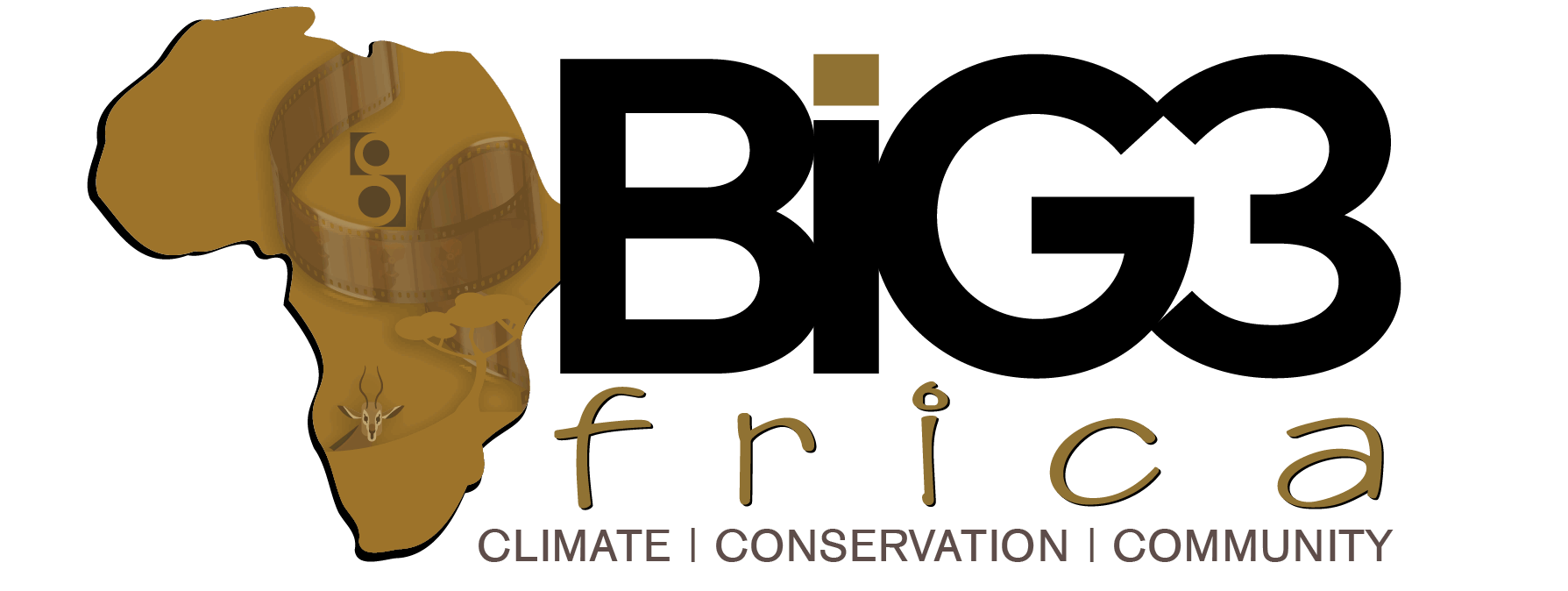The just-released report in Nairobi, Kenya, commissioned by Natural Justice and supported by the Dutch Ministry of Foreign Affairs, paints a revealing picture of Kenya’s Climate Justice Movement (CJM): dynamic, deeply rooted, yet struggling against systemic exclusion, internal fragmentation, and limited resources. Drawing on the voices of over 400 stakeholders across the country, the report offers the most comprehensive look yet at how Kenya’s climate justice actors—from Indigenous Peoples and grassroots groups to national NGOs and youth movements—are engaging in the battle for equity, resilience, and recognition in the face of a worsening climate crisis.
Across Kenya’s 47 counties, climate justice has taken root not as a top-down campaign but as a people-powered response to a daily lived reality. From prolonged droughts in Turkana and Kitui to flash floods in Kisumu and Nairobi’s informal settlements, climate change is no longer abstract—it is urgent, intimate, and uneven. The report makes clear: those who contribute least to greenhouse gas emissions are bearing the heaviest cost, and the CJM exists to correct that injustice.
At the heart of the CJM are diverse actors: community-based organizations (CBOs) make up the largest share (31%), followed by local NGOs, Indigenous networks, informal groups, faith-based institutions, and research centers. Their strength lies in their local knowledge, proximity to the affected, and commitment to participatory processes. For example, in Kitui County, a project driven by women’s voices led to the creation of the Itukisya Earth Dam, bringing clean water closer to homes that once walked 12 kilometers a day.
But the report does not shy away from hard truths. Despite years of organizing and policy influence—such as helping counties create Climate Change Acts and County Climate Action Plans—civil society remains fragmented. Disputes over representation on national bodies like the National Climate Change Council have weakened the CJM’s collective leverage. This internal discord threatens not only unity but also the effectiveness of monitoring climate finance and enforcing policy.
Further challenges arise from a lack of resources and recognition. While international NGOs are well-funded and visible, many local networks and Indigenous Peoples’ organizations operate on shoestring budgets, often without formal legal registration. Yet these are the very groups living closest to the climate frontlines—those whose knowledge systems and livelihoods depend on forests, rangelands, and fragile ecosystems.
The report also highlights the gender gap in climate justice. Women and girls bear the brunt of the crisis, facing longer treks for water, school dropouts, and increased gender-based violence—yet policy frameworks rarely integrate gender-responsive strategies. Many policymakers at the county and national levels still lack the tools or awareness to mainstream gender into climate planning.

Despite these setbacks, there are inspiring signs of momentum. Accountability tools like Mulika in Marsabit County are helping communities track government budget allocations and project delivery. County governments, especially in ASAL regions like Wajir, Makueni, and Garissa, have piloted local climate funds (CCCF) that channel resources to community-led projects. Youth climate protests and public litigation efforts are on the rise, with Kenya now featuring in global climate litigation databases.
The report concludes with clear recommendations: strengthen unity among climate actors; operationalize the National Climate Change Fund; train policymakers on gender and Indigenous rights; and, most importantly, elevate grassroots voices in national policy spaces. Kenya’s Climate Justice Movement, it insists, is at a pivotal moment: it must choose between fragmentation and focused coordination, between symbolic action and real inclusion.
As the country continues to face climate-related losses estimated at up to 2.8% of GDP annually, the urgency is not just environmental, it is political, social, and deeply human. Justice, after all, is not a slogan. It’s a promise that must be kept for the pastoralist in Loiyangalani, the girl fetching water in Kitui, the displaced family in Budalangi—and for generations yet to come.
See the full report below.
Contribution by Neville Ng’ambwa




